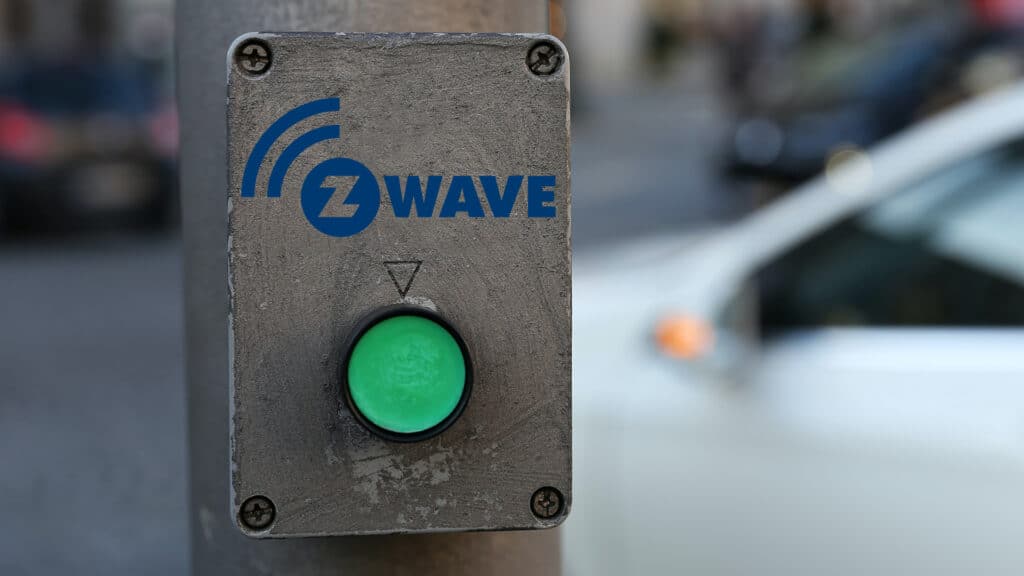
After listing the best Zigbee and Wi-Fi smart buttons, it is time for the final protocol that is frequently used with Home Assistant: Z-Wave. As with Zigbee, Z-Wave devices are very conservative when it comes to power requirements. The best Z-Wave smart buttons are all powered by coin cell batteries and support meshing.
Z-Wave has two distinct advantages over Zigbee: All devices have to be certified, ensuring compatibility, and they use the 800-900 MHz radio frequency range. The frequency is beneficial as it doesn't interfere with Wi-Fi, Bluetooth, and Zigbee. However, it isn't capable of sending as much data. For simple devices, such as physical smart buttons, that isn't a problem.
Contents
Z-Wave smart buttons: Expensive and efficient
Z-Wave devices are less numerous and usually significantly more expensive than comparable Zigbee products. For that reason, I decided to opt for Zigbee when choosing my low-power communication smart home protocol.
The Z-Wave chip conserves energy by switching to a low-power mode after being used. Smart buttons, for example, will only wake up when a command needs to be sent and will afterwards return to their idle state. Due to these capabilities, Z-Wave smart buttons only need a coin cell to be powered and can be designed much smaller than their Wi-Fi equivalents.
Aeotec WallMote Quad
The Aeotec WallMote Quad has an interesting feature that isn't seen in any of the Zigbee smart buttons I have recommended: It has a built-in rechargeable battery. Unfortunately, it uses Micro-USB and not the more modern USB-C.
One thing I don't like about the Aeotec WallMote Quad is the fact that it uses a glass touch surface and not push buttons. This not only gives you zero feedback, but also makes it fragile. If you do have this Z-Wave device, make sure you don't drop it or let little kids get a hand to it.
Aeotec NanoMote Quad
If you, like me, prefer push buttons and things that don't break when dropped, then the Aeotec NanoMote Quad might be for you. Aeotec intends for this tiny remote to be hooked on to a keychain, but can, of course, be mounted or placed anywhere.
Just as the bigger WallMote Quad, the NanoMote Quad is rechargeable, but unfortunately also uses Micro-USB and not USB-C. If the battery starts to lose its capacity, it can be replaced. One charge will last for up to three months.
FIBARO KeyFob Remote
Just as the Aeotec NanoMote Quad, FIBARO intends the KeyFob Remote to be used as a keychain. It is roughly the size of a car key and will easily slip in to a pocket. Thanks to Z-Wave's meshing capabilities, the FIBARO KeyFob Remote does not have to stay in one location. You can carry it around and, depending on how far your network reaches, you can even use it to open a garage from inside your car.
